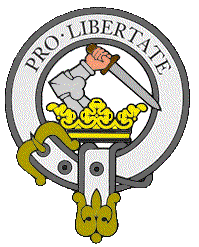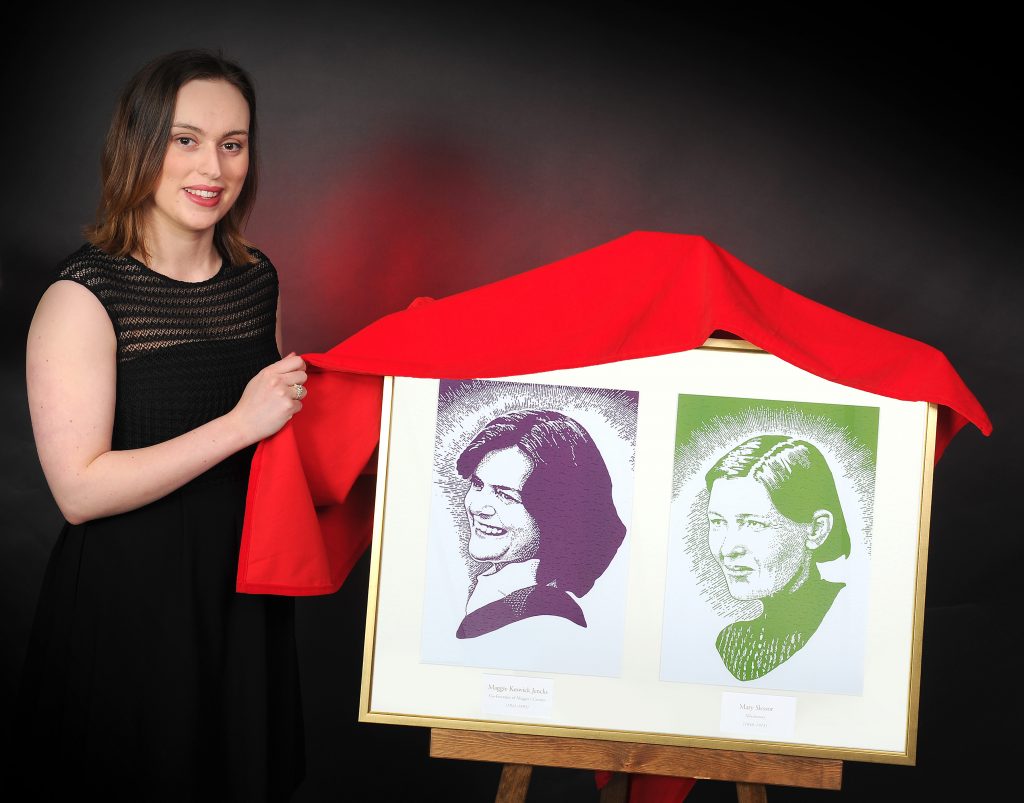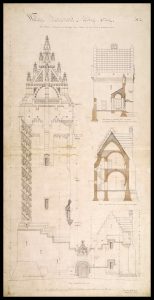Stirling’s National Wallace Monument has felt the effects of a strong year for Scotland’s tourism sector as it welcomed over 135,000 visitors in 2017.
With the highest number of visitors for over ten years, the attraction has generated an estimated gross direct contribution to the local economy of over £4.5m during what has been an unforgettable year.
Throughout 2017, Stirling District Tourism, the charity responsible for the running of the Monument, has continued to make significant investments in the 148-year-old Scottish landmark, including improvements to the Abbey Craig and new displays inside The Hall of Heroes.
Commenting on this year’s successful performance, Zillah Jamieson, Chair of Stirling District Tourism, said: “Our goal has always been to keep The National Wallace Monument at the heart of culture, education and heritage in Stirling. The visitor numbers which have been recorded this year, and the Monument’s contribution to the local economy reflect how this is being achieved.”
The stand-out year began with an initiative that captured the hearts and minds of the public across the globe – who cast their votes for ‘Scotland’s Heroines’, selecting Mary Slessor and Maggie Keswick Jencks as the first females who will be commemorated in The Hall of Heroes.
2017 also saw extensive renovations completed on the Abbey Craig, the hill on which the famous landmark stands, with the main pathway leading to the Monument upgraded, and the ‘Wallace Way’ opened with its collection of 11 specially created woodcarvings.
The Abbey Craig was also the setting for an expanded programme of visitor events, which included a celebration of Wallace’s victory at the Battle of Stirling Bridge and ‘Knock on History’s Door’ – a special event where the doors were opened after hours for an exclusive evening tour.
Stirling District Tourism also welcomed David Mitchell, Director of Conservation at Historic Environment Scotland, to the charity’s Board of Directors this year. Using his expertise, David will be involved in the conservation and development plans the Charity has in the pipeline with Stirling Council.
2018 is set to be another important year for the charity, as it continues to make improvements to the attraction and looks ahead to the 150th anniversary of the opening of the Monument, in 2019. Zillah Jamieson explained: “As a key part of Stirling’s heritage tourism infrastructure, we pride ourselves on the quality of the visitor experience and we are always looking for ways to make improvements to the Monument.
“The performance of the Monument this year means that we are able to take forward our investment plans for the attraction. We look forward to revealing the next phase of the Scotland’s Heroines project in the new year, as well as finalizing our plans for 2019, when we will mark 150 years of the Monument telling the story of Scotland’s National Hero.”


